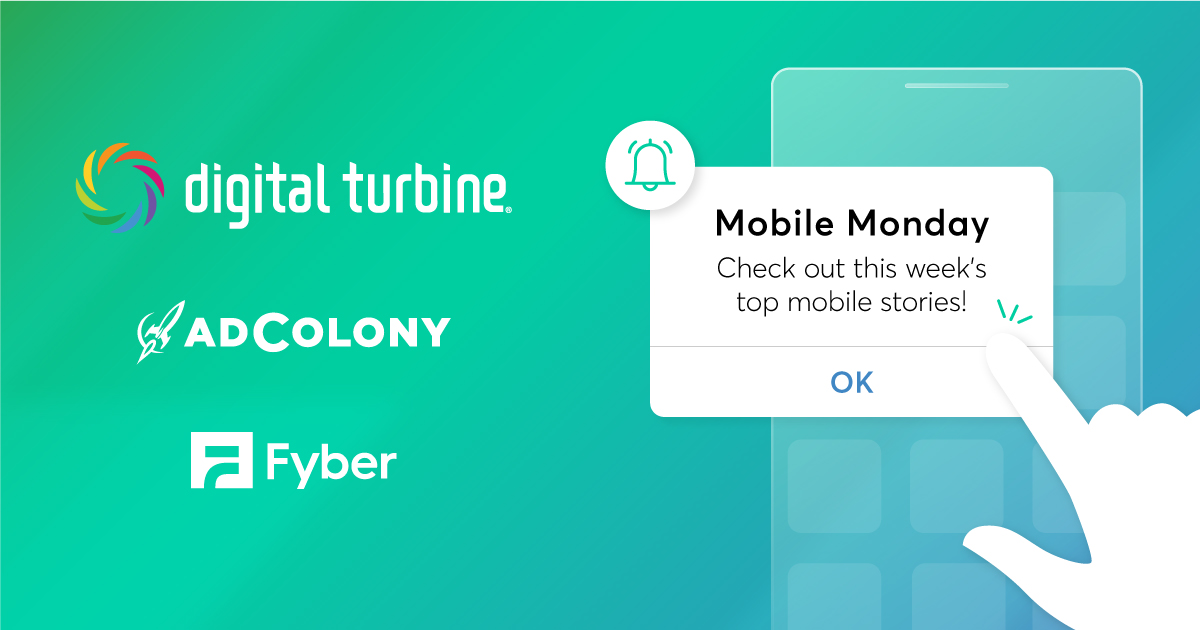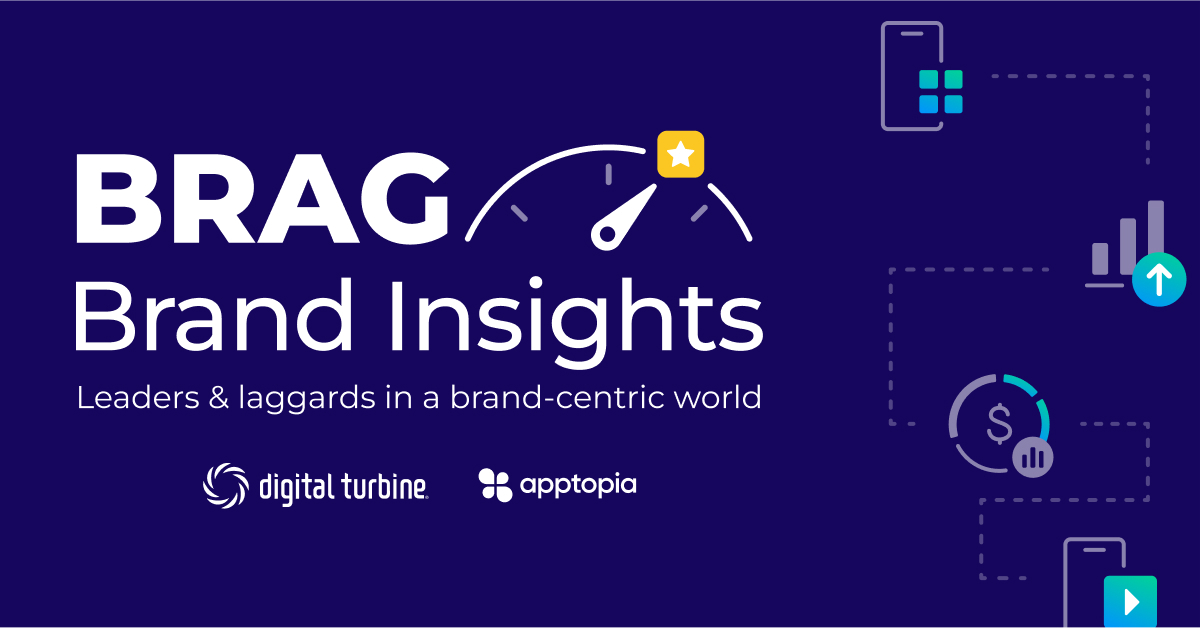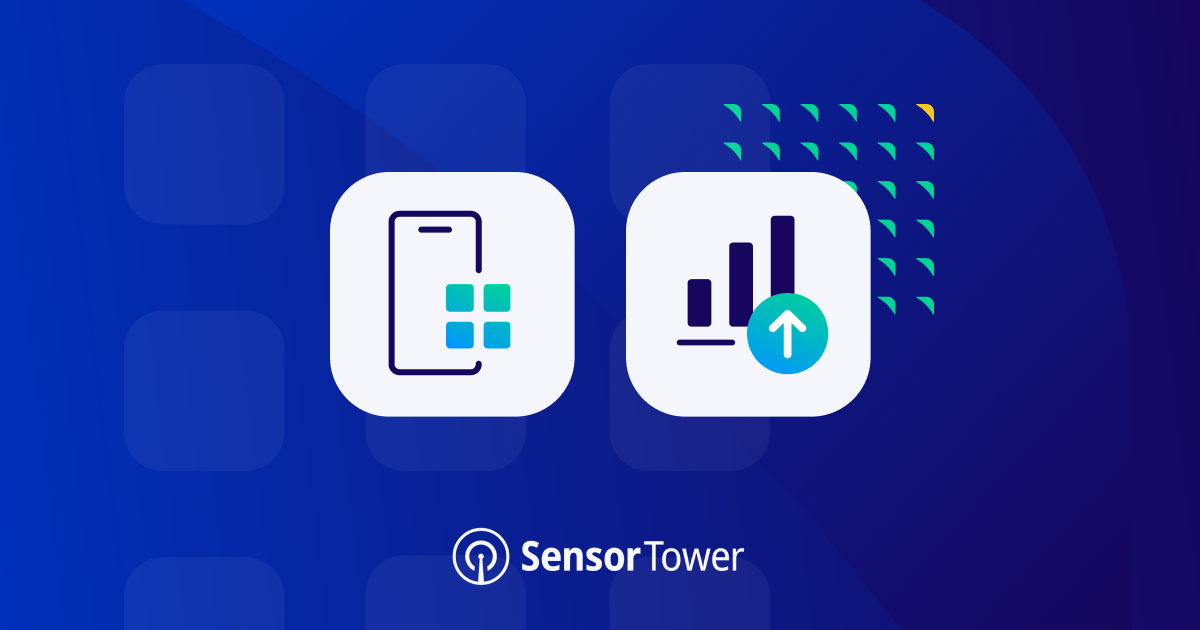Last week, Google ran through their vision for the next year. The show included highlights from all the various Google teams, including promising demos from the Google Pictures, AR/VR, and YouTube groups.
While improvements to Google Assistant (including an iPhone release!) and the introduction of Google Lens are exciting for the consumer, it’s the developer side of the show that holds the most promise for engineers outside the Alphabet offices.
On top of adding a new form of notifications, Google announced some major improvements in Android O. The company explained that Android O is built around two key pillars: Fluid Experiences and Vitals. Google also showed off a number of desktop-side developer improvements that will make Android developers very happy.
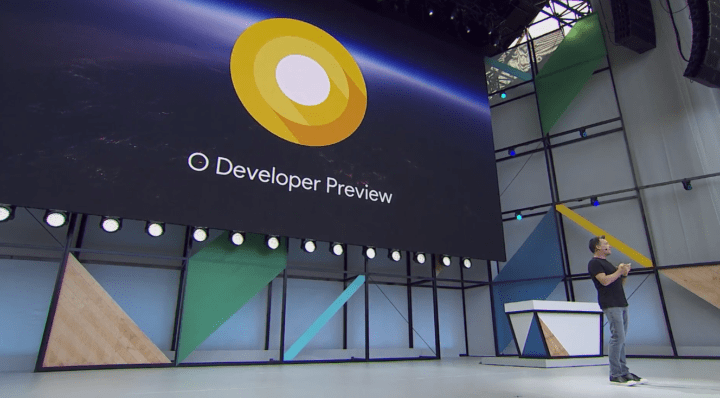
A New Language
One of the most exciting announcements came toward the end of the Android portion of the keynote. Google announced first-class official support for Kotlin, a programming language already popular with Android developers. This is in addition to Android’s native Java and C++ support.
In a release on their website, Jetbrains, the software development company that created Kotlin said: “Starting now, Android Studio 3.0 ships with Kotlin out of the box, meaning Android developers no longer need to install any extras or worry about compatibility.”
Since Kotlin already outputs Java byte-code, Kotlin can call Java, and Java can call Kotlin. This means developers can use as little or as much Kotlin in a codebase as they want, including into existing codebases, mixing the two languages freely within a single project.
This effortless interplay between two languages was undoubtedly a big reason for Google’s adoption of Kotlin as an officially supported language. Google describes it as “a brilliantly designed, mature language that we believe will make Android development faster and more fun.”
Fluid Experiences
Fluid Experiences are Google’s way of helping mobile users get more done, even on a device with a small screen.
With Android O, Android developers will be able to let their apps be minimized in a picture-in-picture mode, letting users multitask while still viewing video content, following along with a step-by-step demo, or otherwise engaging with an app.
Dave Burke, Google’s VP of Android Engineering, admitted, “We do a lot of work on our phones… But conventional, multi-window tech needs don’t translate well to mobile, they’re just too fiddly to set up while you’re on the go.”
This ability to check calendar availability or to check a website while using another app will appeal especially to productivity app publishers. If a user doesn’t have to swap out of their note-taking app to see if their calendar shows them available, that’s extra session time and less interruption to the overall experience.
Google also announced TensorFlow Lite, which Burke said will help apps perform faster with the use of machine learning on smartphones. The ability for developers to leverage Google’s machine-learning expertise in an Android library will no doubt let gaming and non-gaming apps offer new, more varied, and smarter experiences for users.
Vitals
The second Android O feature theme described in the keynote is Vitals.
Vitals are designed to help improve battery life, security and OS optimizations in smartphones.
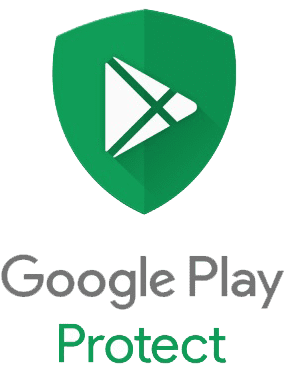 This includes the addition of Google Play Protect, which scans all apps on a user’s device that come from the Google Play Store to make sure they are safe. This is a more prominent placement of post-release security sweeps Google was already making but should make users feel safer.
This includes the addition of Google Play Protect, which scans all apps on a user’s device that come from the Google Play Store to make sure they are safe. This is a more prominent placement of post-release security sweeps Google was already making but should make users feel safer.
Google also released updates to its developer program policies to reflect this tougher stance on malicious apps.
Much has been made of Google’s “submit and publish” approach to app availability versus Apple’s “submit for review” system, and Google has consistently taken hits amongst users as the more open mobile operating system, thus making it feel more vulnerable to hacking and other subversive apps.
Google Play Protect could go a long way to assuage user doubts about Android security, but developers will need to ensure they’re not accidentally tripping over those wires. A safe bet is ensuring apps use secure HTTPS/SSL connections. Apple requires ATS Compliance, but Google doesn’t — yet.
Vitals also means Google is setting limits on backgrounded apps that hog the battery. Developers should keenly check out backgrounded behavior to ensure smooth experiences for users who don’t hard-close apps.
Transparency through Partnerships
After the keynote was over, Google continued announcing formalized partnerships that set it apart from Facebook as a player in the mobile advertising space, and as a mobile platform.
Partnerships with AppsFlyer and Adjust won’t just make a small part of the mobile marketing pie easier for developers, but separate Google from Facebook’s walled garden of reporting, which has recently come under fire for its reporting inaccuracies.
Dashboards
Google is launching Play Console Dashboards soon, which will show developers performance issues that can impact users’ perception of an app’s quality, like battery drain, crashes, slow user interfaces and more, along with suggestions on how to fix these problems.
These can be accessed on the Google Play developer portal, and a host of other debugging tools are now available in Android Studio.
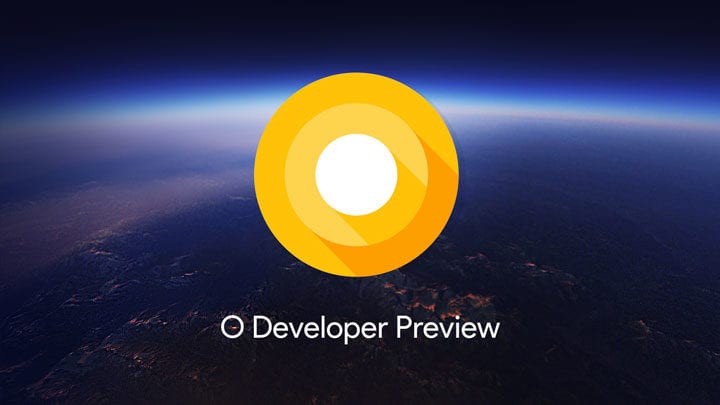
Being a Guinea Pig
If you own an eligible Pixel or Nexus device, you can sign up now for the Android O Beta Program to get an early version of the OS before it launches later this summer.
Join the Conversation
What did you think of Google IO 2017? Tweet us at @AdColony. For the latest AdColony mobile news and updates, follow @AdColony on Twitter, like us on Facebook, or connect on Linkedin.
- Effectively Scaling Apps – The Myth of the Whale Busted - May 17, 2022
- How to Maximize and Optimize Engagement in Your App - May 5, 2022
- Offer Walls for App Monetization: Everything You Ever Wanted to Know - April 14, 2022

